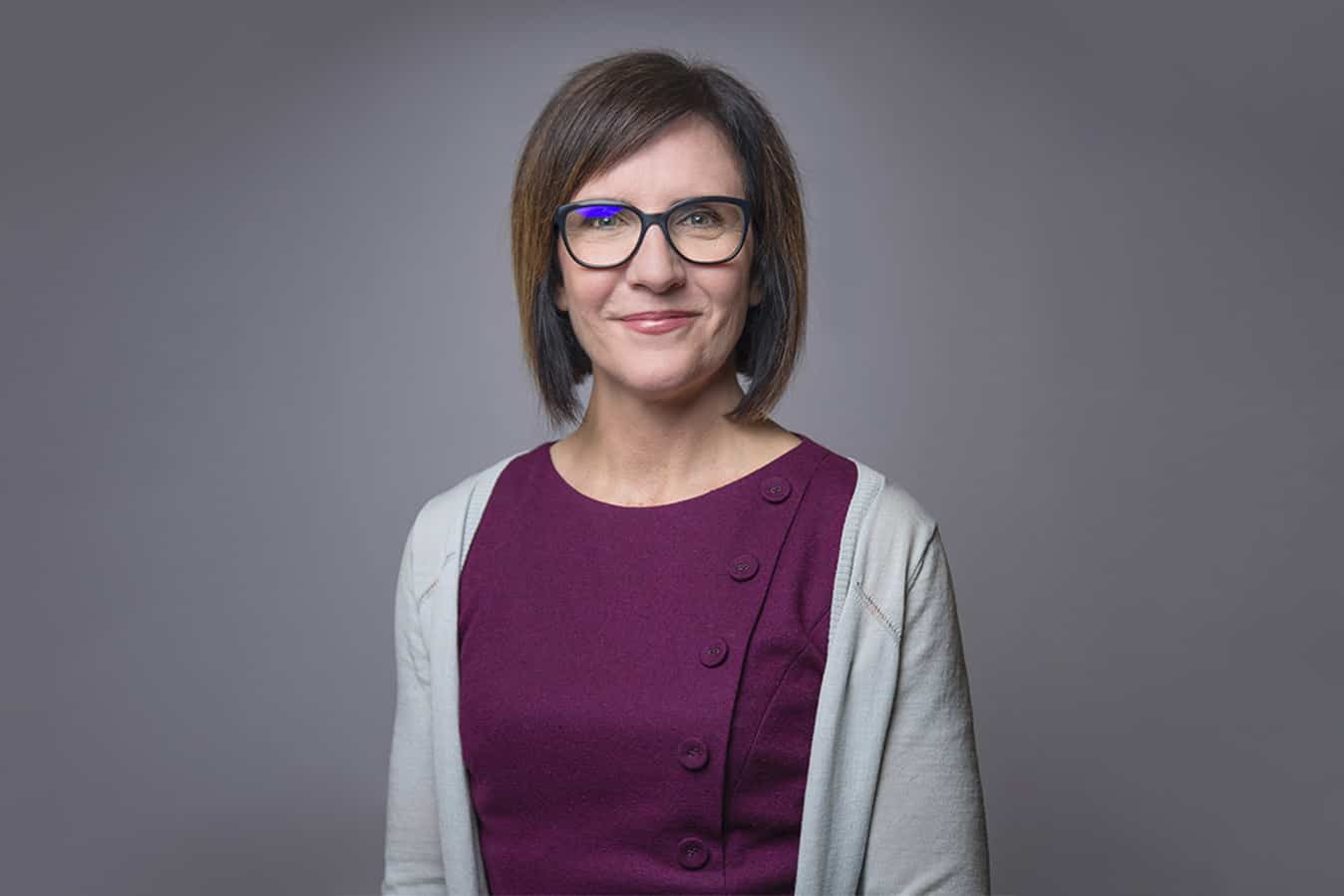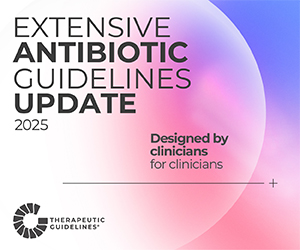Transparency and accountability over how additional government funding injected into the aged care sector to protect residents and staff during COVID-19 is being used must be enforced immediately to help the sector combat the ongoing pandemic, the Australian Nursing and Midwifery Federation (ANMF) has told the Senate Inquiry into the government’s response to the crisis.
ANMF Federal Secretary Annie Butler said transparency was essential to ensuring money is being used to implement urgently needed safety measures.
“There is significant funding being provided, but our members are continually telling us that it hasn’t reached where it’s supposed to,” Ms Butler told the Senate Select Committee on COVID-19 last Thursday.
“We need to be able to track money which has been dedicated to increasing staffing and skills.”
Other immediate actions that could be implemented straight away to support the sector during COVID-19 include paid pandemic leave for aged care workers and improved dialogue between aged care and healthcare, Ms Butler added.
She said aged care workers, who are among the lowest paid, often become the “sole breadwinner” in times of crisis such as the global financial crisis (GFC) of 2007-8 and the current coronavirus pandemic.
“The need for them to hold onto that job is really significant and there is the stress they feel if they don’t have access to paid leave – that continuing need to turn up for work – when they could be sick.”
Despite acknowledging interfaces did improve in the wake of COVID-19, Ms Butler said there needed to be better dialogue between aged care and healthcare and more rapid, coordinated responses to future outbreaks.
“When an outbreak occurs, who is going to take over? Who is going to do what? And we need really clear directions about how we surge our workforce capacity. We need nurses with the right skills, care workers upskilled and enough of them to do what’s needed once we get an outbreak inside a facility. We saw what can go wrong in Newmarch House in New South Wales.”
In her opening statement to the Inquiry, Ms Butler said Australia’s health response had been largely effective in containing COVID-19 and preventing outbreaks in aged care.
But she stressed it was telling that more than a quarter of coronavirus deaths had occurred in residential aged care, with almost a fifth coming from Newmarch House, demonstrating the “potential devastation” that could be caused in the sector.
“Unlike in the health response, there has been too much confusion and inconsistency in the response from the aged care sector,” Ms Butler said.
“There has been considerable funding assistance from the government to the sector but a lack of transparency from the sector about how the additional government funding has been used to protect aged-care residents from COVID-19.
“Our members have reported that there have not been sufficient increases in staff and skills and that, in some instances, there have been cuts to staff. Despite aged care workers doing their best, they report increased workloads and stress, coupled with a lack of support for paid pandemic leave from many employers and significant confusion from the Australian government regarding the retention bonus that was promised to them.”
Ms Butler said emerging concerns for union members as the pandemic has unfolded include staff cuts in aged care, broad wage freezes, particularly for public sector nurses and midwives, and the disproportionate impact of COVID-19 on female workers.
“In this year, 2020, which is the International Year of the Nurse and the Midwife, we have seen perhaps more than ever before the importance of nurses, midwives and carers to our community, our healthcare system and our frail older Australians in nursing homes, and also as leaders in public policy and dialogue,” she said.
“The ANMF’s criticism of the response in aged care is made so we can learn, we can evaluate our actions and we can ensure that we are in the best position possible to deal with any further outbreaks. We must do better in aged care. We must give our elderly the same opportunities, the same care and the same chance as everyone else in the community to deal with COVID-19.”
Ms Butler appeared at the Inquiry alongside Australian Medical Association (AMA) president Tony Bartone, who urged the government to establish an Australian national centre for disease control, or CDC, to provide independent and consistent advice about preparing and responding to pandemics, which he says would ensure a national stockpile of Personal Protective Equipment (PPE).
“A CDC would research, manage and provide rapid risk assessment of communicable diseases and provide scientific briefings, surveillance reports, policy advice and public education about potential disease threats and prevention measures,” Dr Bartone explained.
“It would oversee stockpile sufficiency of PPE, personal protective equipment, and medicines and manage escalation plans to ensure stockpile sufficiency during pandemic outbreaks.”
Ms Butler said the ANMF backed the AMA’s calls for a CDC-like body, suggesting it could help alleviate widespread concerns nurses, midwives and carers expressed over PPE in the face of the pandemic.
“The two biggest concerns for our members were uncertainty in supply and inconsistency in guidelines for use,” Ms Butler revealed.
“That CDC could be effective if we have guidelines that are definitive.”
Ms Butler told the Inquiry evidence and guidelines regarding PPE often varied widely from state to state, leading to inconsistency and confusion compounded by a lack of supply and distribution.
Citing an example from NSW, Ms Butler said a batch of masks only arrived in one size, meaning they could fit a large face, but not a small face.
“There was a whole lot of variation happening across hospitals – in the early stages – and those guidelines weren’t being cemented. That led to a lot of anxiety from members. We heard stories from hospitals and in aged care that some areas of management would take PPE and lock it up and not allow it to be used. There may have been legitimacy underneath that, around efforts to conserve and those sorts of things, but that just fuelled anxiety. So there are a whole range of issues that happened there in the beginning.”
Ms Butler argued a CDC could override differences and jurisdictional responsibility across states.
“I think the setting up of an independent authority that has all the range of functions that the AMA is talking about would be very useful. It would need to be able to provide the single definitive advice that somehow in the operation of it the states would have to accept for it to be effective.”
Questioned by Greens Senator Richard Di Natale about some of the most significant learnings to come from the pandemic, Ms Butler said it had exposed the gaping hole in support and investment faced by sectors such as aged care.
“One of the things that we can learn is that our health system is generally wonderful. In our public hospital systems, infection control processes are very well understood generally but there is a very big gap when we move to aged care and to some other areas in the community,” Ms Butler explained.
“When we see a situation like this, where an unprecedented pandemic arises, suddenly we’re trying to pour in information and skills. That is not good enough.”
Pressed further by Greens Senator Rachel Siewert on the aged care sector’s response to COVID-19, Ms Butler said the pandemic had ultimately exposed Australia’s strengths and weaknesses.
“Our strength is our health system; our weakness is our aged-care system,” she said.
“We don’t have an underpinning structure of great staff with great skills. I am not talking about individual people. There are well-intentioned people out in the aged-care sector doing their very best but there’s just not enough of them and there are just not enough with the right skills.”
Ms Butler said the union had been alarmed by some of the surge strategies implemented to increase the workforce in the wake of the pandemic, including some providers suggesting a 10-hour program leading from aged-care assistants would help deal with the crisis.
The absolute opposite was required, she said.
“We did a survey of our members at the time and we found that more than 50% of them would be available, would work extra hours, extra shifts if required to help out during the pandemic.
“The government, in collaboration with the health professional regulatory authorities, put in place strategies so that we could get retired workers quickly back, so that we could use students, so that we could fast-track new graduates. We also have casual nurses who are working across public and private hospitals. We had a pool available of already, particularly in the case of qualified nurses, skilled expertise that we could tap into, rather than going to an even lower level of work practices.”
Centre Alliance Senator Rex Patrick concluded the hearing by asking Ms Butler how many nurses in Australia had contracted COVID-19 and if nurses were being treated well and properly looked after.
Ms Butler said there had thankfully been relatively few infections among nurses from exposure to COVID-19 on the job, noting that a large number had come from Newmarch House, where 34 staff were affected.
She said nurses bravely stepped up to the frontline to help fight the COVID-19 pandemic from the beginning.
“We welcomed a number of the measures put in place by the Australian Government to support nurses getting into the workforce, giving them additional skills to assist where needed. For example, they funded a number of refresher programs through the Australian College of Nursing. In 24 hours, a thousand nurses had called to say that they wanted to do the course. It shows the intent of how much they want to help,” Ms Butler pointed out.
But Ms Butler said the absence of paid pandemic leave and wage freezes faced by nurses, midwives and other public sector workers reflected a clear lack of recognition for those on the frontline.
“It’s not how you recognise the efforts of what we’ve seen to be the most valuable workers at a time of a global crisis,” Ms Butler said.
“Secondly, when we’re going into a recession – and in a recession it doesn’t make sense to not fund public measures – we need public investment.
“Thirdly, as I said, often in these times, nurses, midwives and other healthcare workers become sole breadwinners. So to increase wages for them is to increase wages for their families not only to be able to survive but also to be able to put back money into their communities and into the economy. So it’s a short-sighted solution to us. It’s not satisfactory to any of our members—whether they work in the public sector, primary healthcare or aged care – to say: ‘Thank you. You’re great. You’re wonderful – a pat on the back.’ That’s not enough. Value them with proper leave, proper support, proper resources, PPE, proper wages.”








